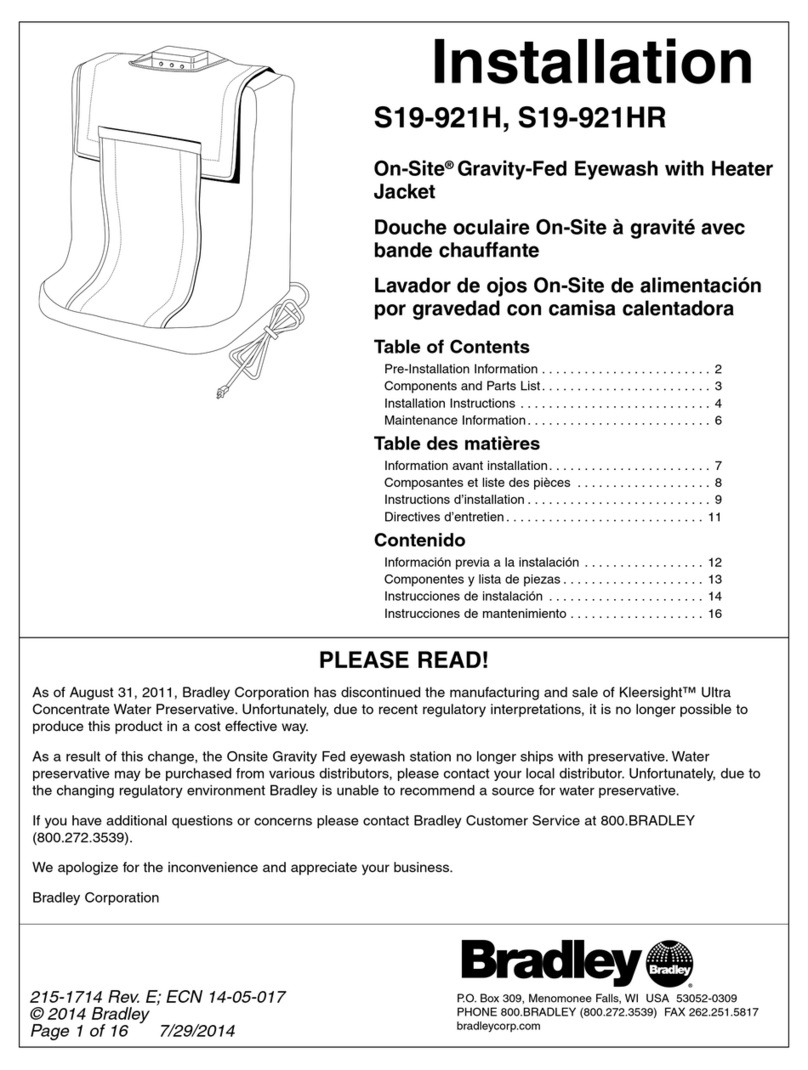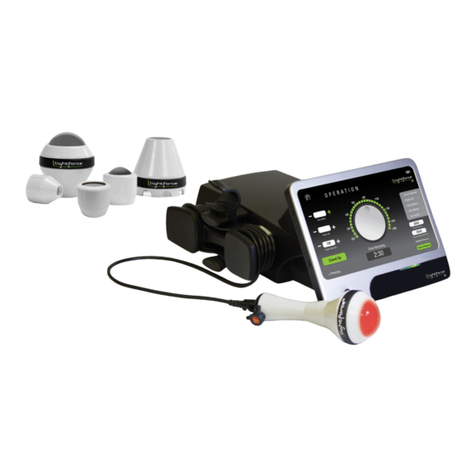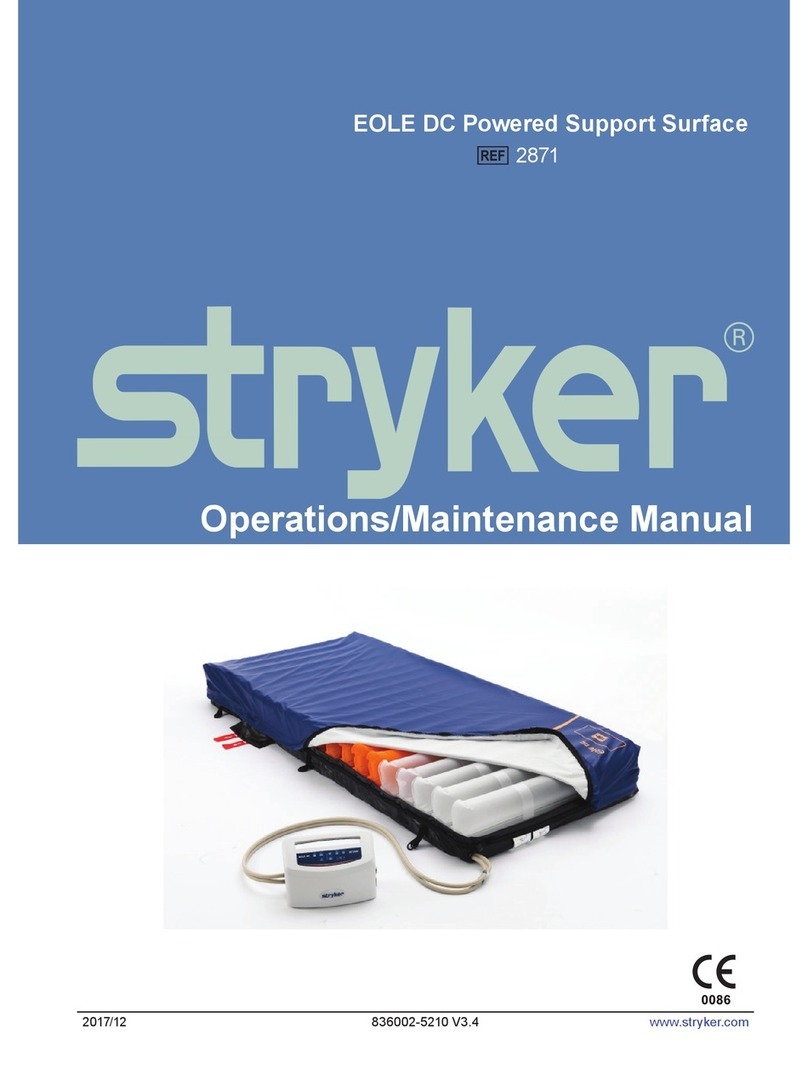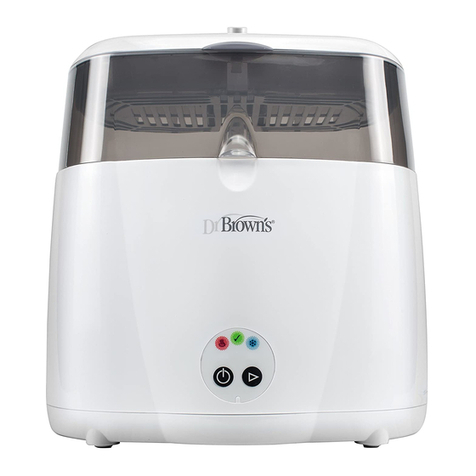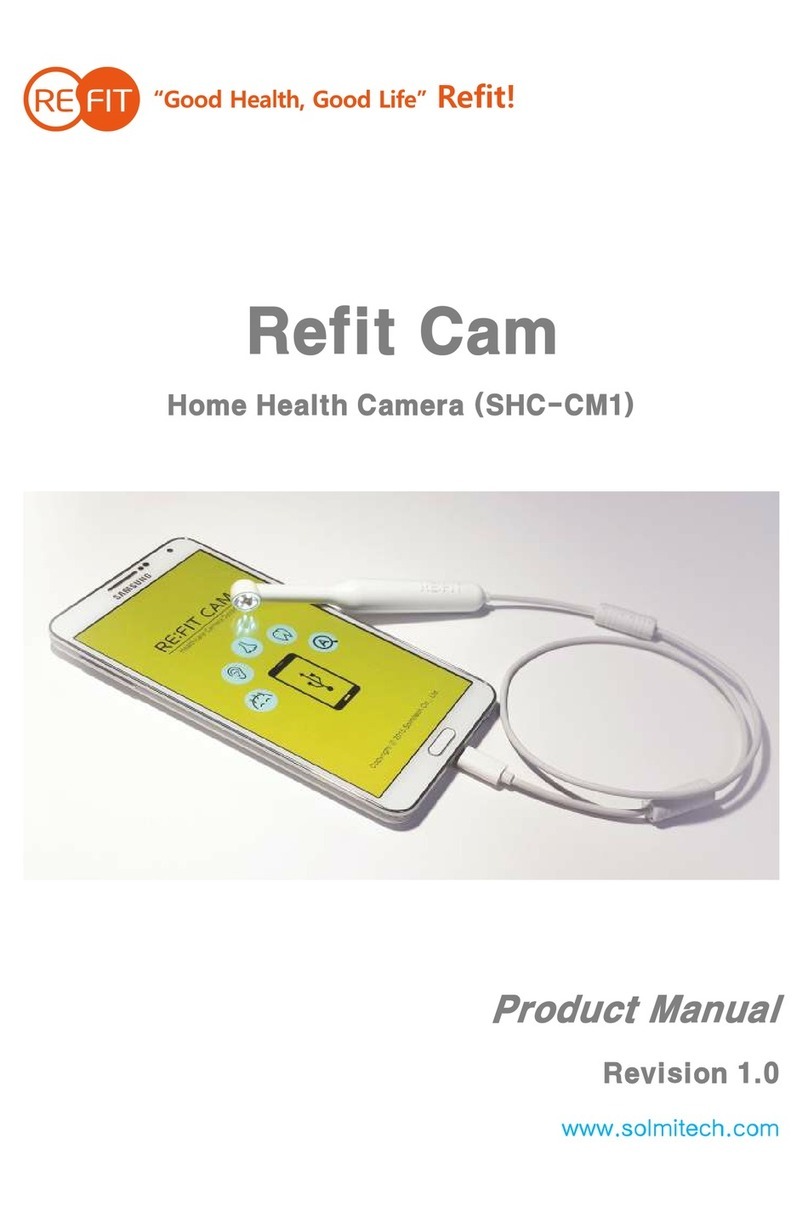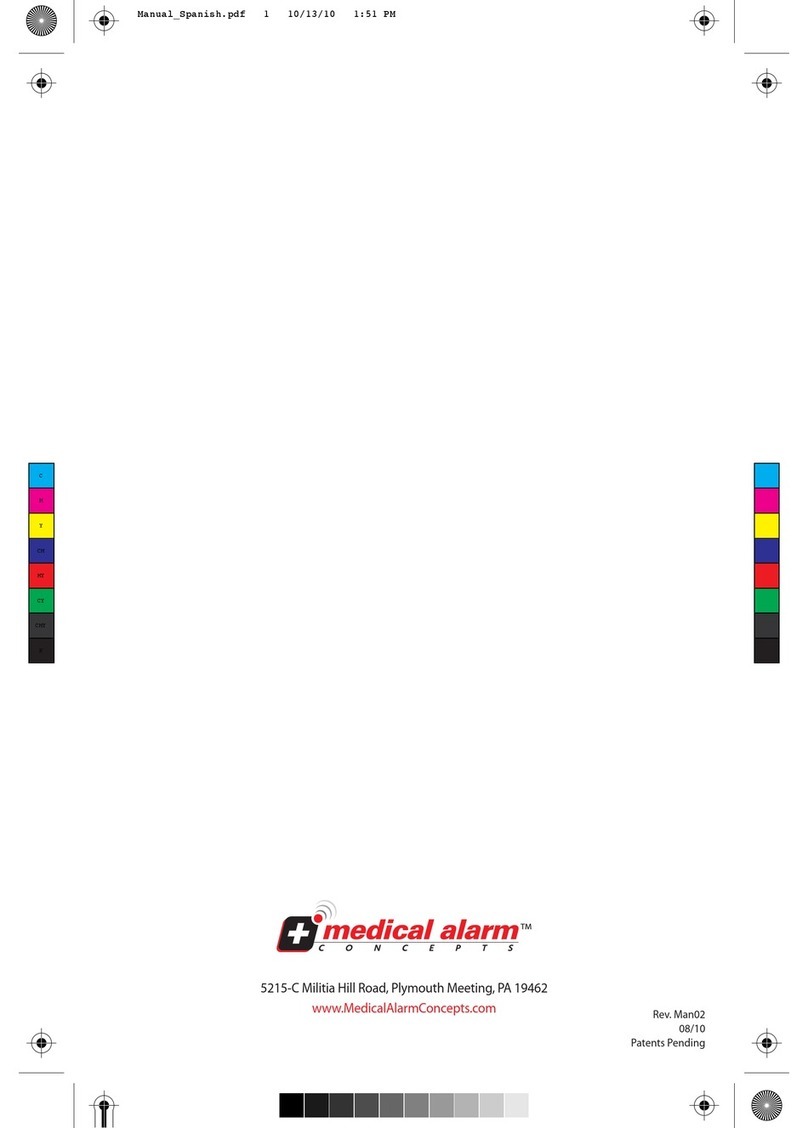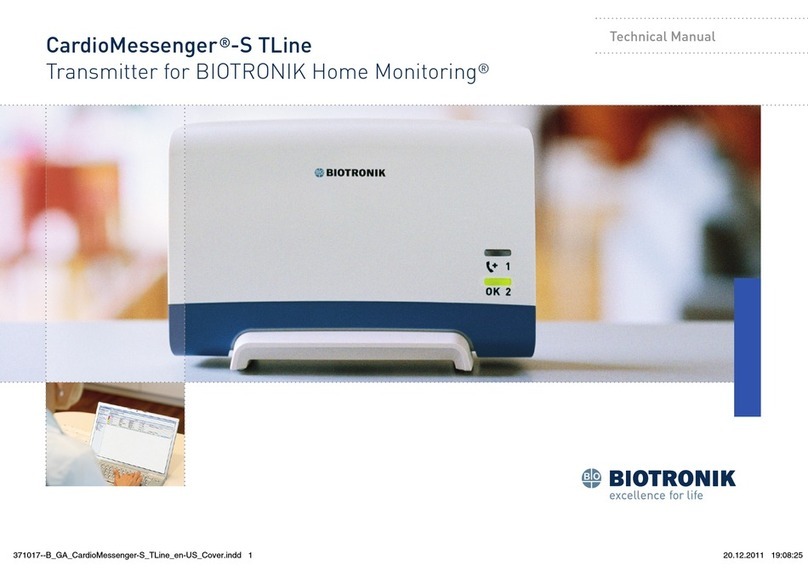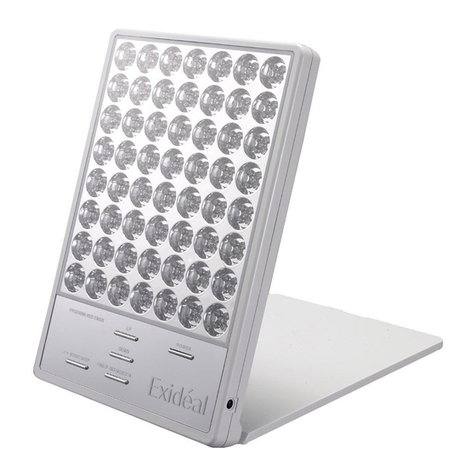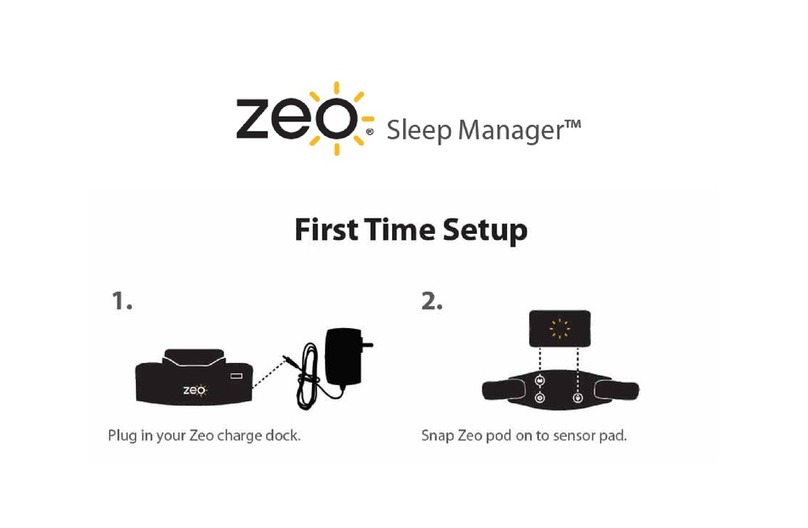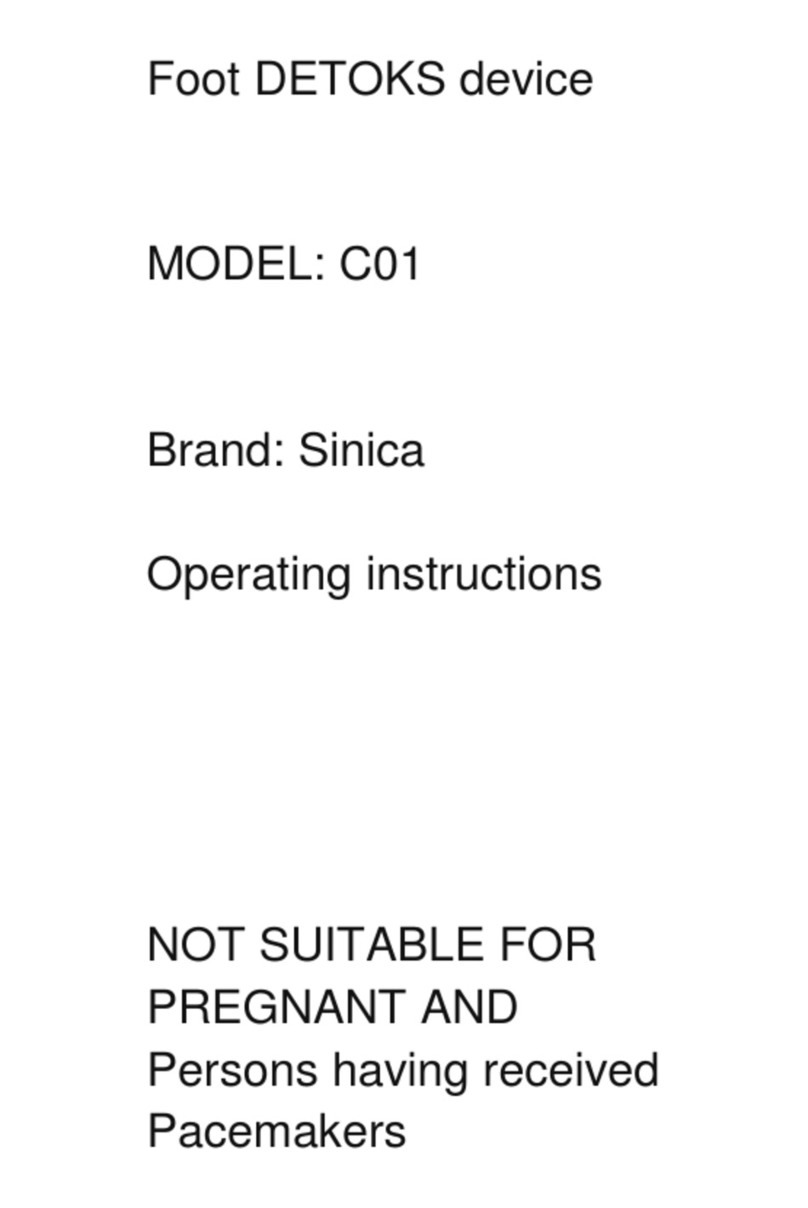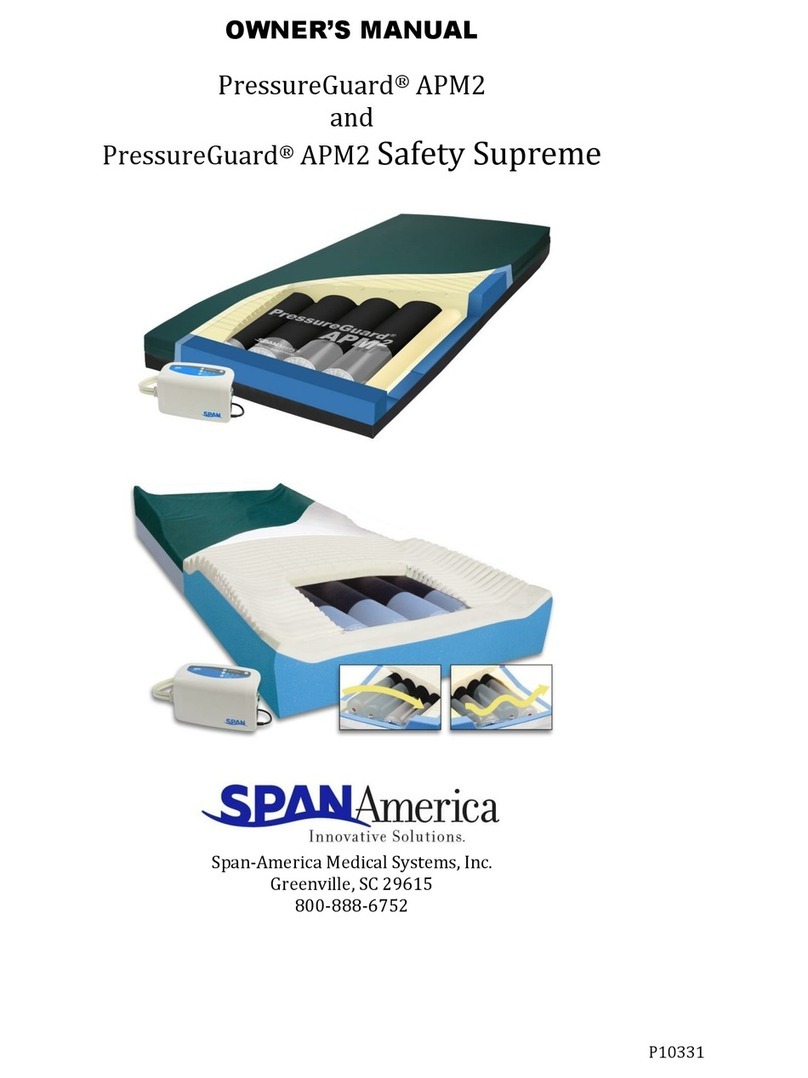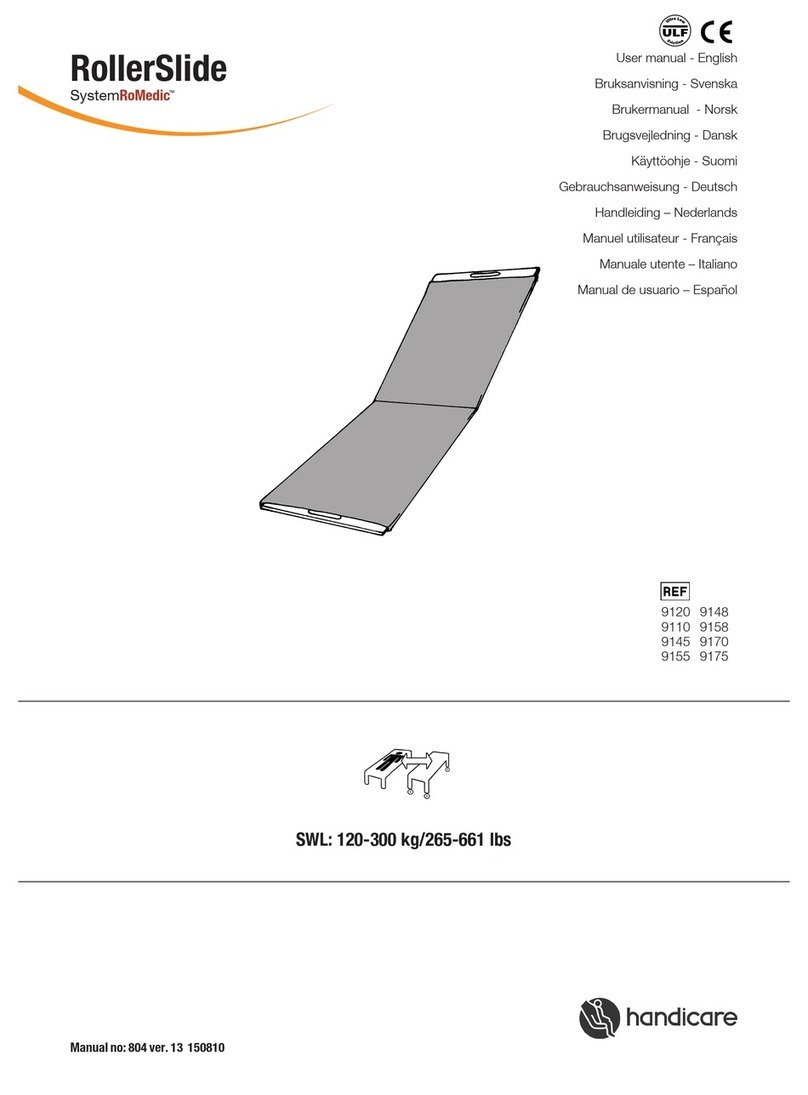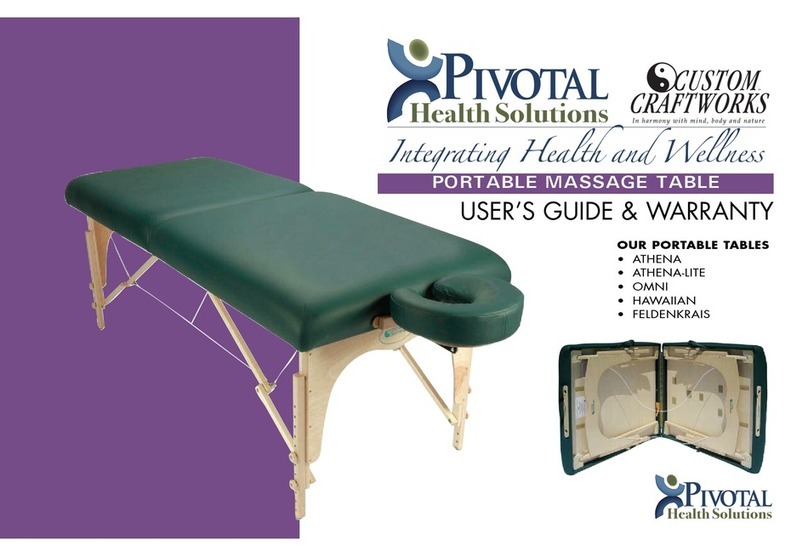3. Choose program:
Choose either the DEFAULT or CUSTOM option. The CUSTOM
option allows changes to all of the following settings.
NOTES:
A. Factory default settings in the Monitor are indicated by a “ )( ”
in front of the setting.
B. Choosing the DEFAULT option will program the monitor with
the factory default values, erase previous patient data, and
restart the monitor.
Programming settings:
Display Option Description
DISPLAY
CONTRAST
Default = NA
Set the contrast of the display. A
higher number will cause darker
text on the screen.
PRE-EVENT
TIME
Default = 30 sec
Seconds of ECG data stored
before event activation time. 300
seconds total can be split
between Pre and Post events.
(Programmable 5-295 sec in 5
second increments)
POST-EVENT
TIME
Default = 30 sec
Seconds of ECG data stored after
event activation time.
(Programmable 5—295 seconds
in 5 second increments)
POST-EVENT
SOUND
Default = OFF
ON = Sound on while recording
during the Post-Event time.
OFF = Sound off while recording
an event. See Notes about sound
for additional information.
ER920W Wireless Event Monitor
Troubleshooting (page 1 of 2)
Symptom Recommended Solution
No display Ensure batteries are inserted with correct polarity.
Cannot enter programming
mode
The Patient Cable must be removed and the batteries
installed. Then follow instruction in manual.
A good connection must be made from the Monitor to the
patient to be able to access the AUDIO setting.
While monitoring, press and hold only one of the
programming buttons until an audible sound is heard to
access the AUDIO setting.
Cannot access AUDIO
setting,
Patient wants to mute
Monitor.
AUDIO setting cannot be accessed during a recording.
Wait until end of recording, then access AUDIO screen.
No phone ring at end of
recording
AUDIO setting is turned OFF, which mutes most sounds.
Ensure patient electrodes/leads are connected to patient
properly. Is the Patient Cable damaged in some way?
Ensure Patient Cable is inserted completely.
No beep when inserting
Patient Cable
Patient Cable has more channels than Monitor can use.
Match the number channels for the cable and Monitor.
Memory full-Phone Ring. Follow instructions To Send and
Erase Events.
Ensure Patient Cable is inserted completely.
Will not record
Ensure RECORD/SEND button is held until an audible
sound is heard.
Monitor stops recording. Holding any button for two seconds while recording will
cause the Monitor to stop recording. This includes trying to
access the AUDIO setting.
Siren (alternating) tone
while recording
There is not a good connection. Check that electrodes/leads
have a good connection to patient and cable is plugged into
Monitor.
Monitor restarts and
erases stored events
Changing the Patient Cable to a different number of
channels tells the Monitor to restart and erase all events.
Phone ring sound every
hour
Memory has event(s) to be transmitted to the receiving
center.
Phone ring sound every
minute for 10 minutes
Memory is full; follow instructions To Send and Erase
Events.
Phone ring sound when
RECORD/SEND button is
pushed
Memory is full; follow instructions To Send and Erase
Events.
Phone ring sound once An event is already stored in memory at start up, also heard
at the end of a recorded event. Follow instructions To Send
and Erase Events.
Three beeps every five
minutes with cable inserted
Batteries are low. Replace batteries and/or clean battery
contacts.
Make sure mouthpiece of phone is directly over Monitor
speaker.
No information received by
receiving center
Ensure RECORD/SEND button is held for two seconds.
